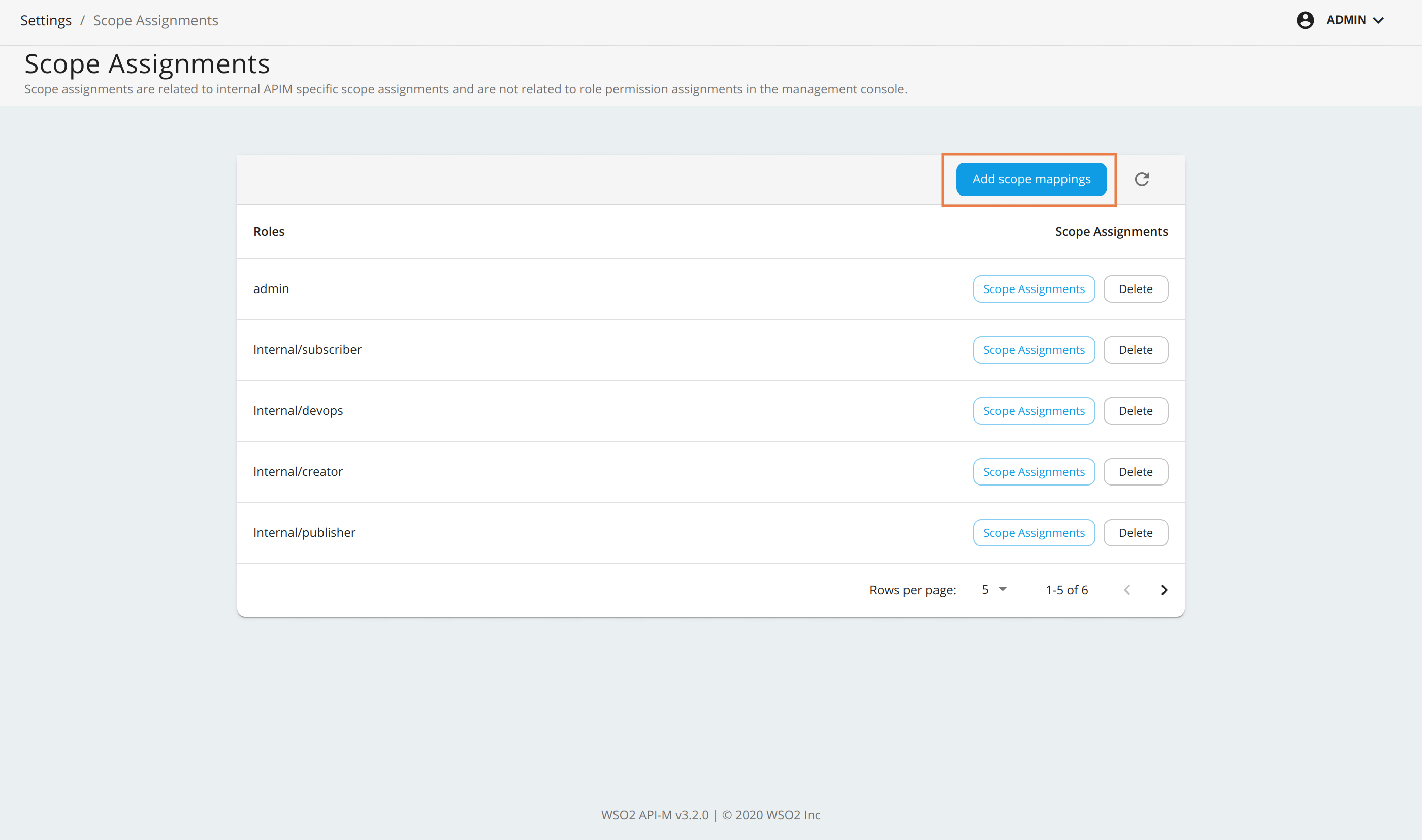

Names must begin with a letter, an underscore (_), or a backslash (\).When creating named ranges, follow these rules: Thanks for this tip, Felipe! Names have rules If you set the zoom level to less than 40%, Excel will show range names directly on the worksheet: When you click the Paste List button, you'll see the names and references pasted into the worksheet: Go to Formulas > Use in Formula (or use the shortcut F3), then choose Paste names > Paste List:
#Localscope navigation full#
If you want a more persistent record of named ranges in a workbook, you can paste the full list of names anywhere you like.

Note: in older versions of Excel on the Mac, there is no Name Manager, and you'll see the Define Name dialog instead. If you want to see more detail, open the Name Manager (Control + F3), which lists all names with references, and provides a filter as well: To quickly see all named ranges in a workbook, use the dropdown menu next to the name box. If you know a way to do this, chime in below! See all named ranges (control + F3) However, I don't know a way to adjust range references by clicking and dragging directly on the worksheet. Note: if you select an entire named range on a worksheet, you can drag to a new location and the reference will be updated automatically. When you click Close, the range name will be updated.
#Localscope navigation update#
There's no need to click the Edit button to update a reference. edit "refers to"), or click the button at right and select a new range. Select the name you want to work with, then change the reference directly (i.e. Once you create a named range, use the Name Manager (Control + F3) to update as needed. Update named ranges in the Name Manager (Control + F3) With names created, you can use them in formulas like this =SUM(MN,WI,MI) You'll find all newly created names in the drop down menu next to the name box: When you click OK, the names are created. Using this feature, we can create named ranges for the population of 12 states in one step: You can also use the keyboard shortcut control + shift + F3. Just select the data, along with the labels, and use the "Create from Selection" command on the Formulas tab of the ribbon: If you have well structured data with labels, you can have Excel create named ranges for you. Excel can create names automatically (ctrl + shift + F3) Excel will select the range on the worksheet. To quickly test the new range, choose the new name in the dropdown next to the name box. When you press return, the name is created: Just select a range of cells, and type a name into the name box.
#Localscope navigation how to#
Video: How to create a named range Creating a named range is easyĬreating a named range is fast and easy. All of these formulas are valid with the named range "data": =MAX(data) // max value Once you have a named range, just use it just like a cell reference. The beauty of named ranges is that you can use meaningful names in your formulas without thinking about cell references. For example, if I name the range A1:A100 "data", I can use MAX to get the maximum value with a simple formula: =MAX(data) // max value I also use named ranges because I'm lazy, and don't like typing in complex references :) The basics of named ranges in Excel What is a named range?Ī named range is just a human-readable name for a range of cells in Excel. They help me get formulas working faster. In fact, I use named ranges all the time when testing and prototyping formulas. And as a bonus, they make formulas easier to reuse (more portable). They can make formulas *a lot* easier to create, read, and maintain. New users may find them weird and scary, and even old hands may avoid them because they seem pointless and complex.īut named ranges are actually a pretty cool feature. Using UnityEngine using System.Named ranges are one of these crusty old features in Excel that few users understand. It works fine within the start function, but try to access the variable elsewhere and its become null. I'm trying to cache a reference to another gameobject script in Start function.


 0 kommentar(er)
0 kommentar(er)
